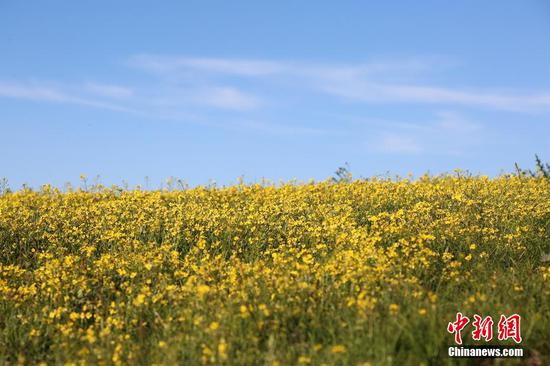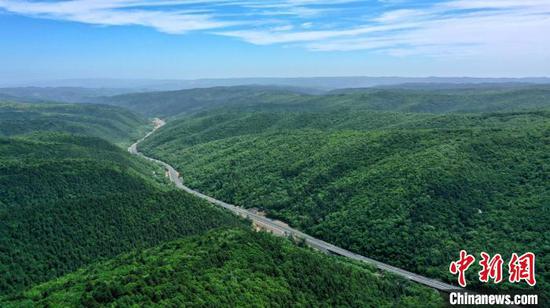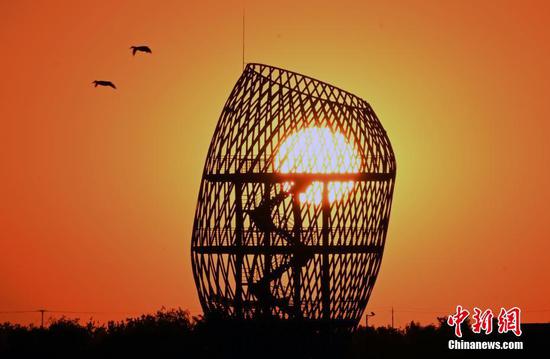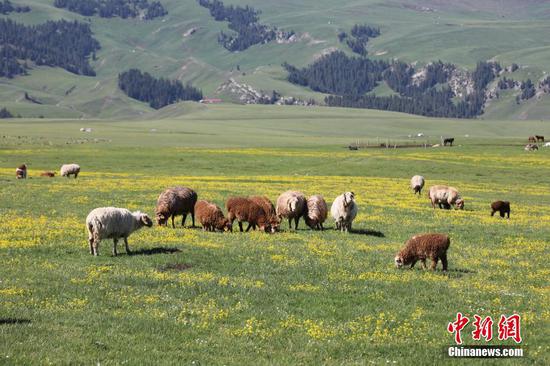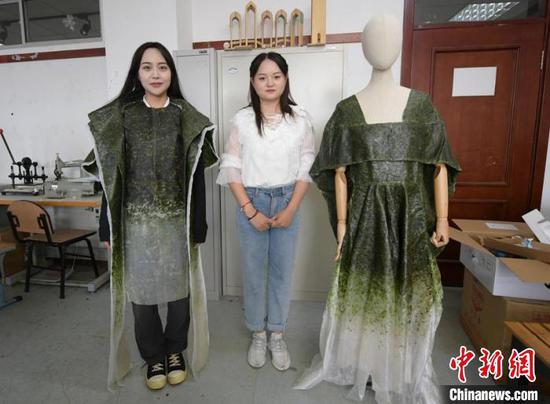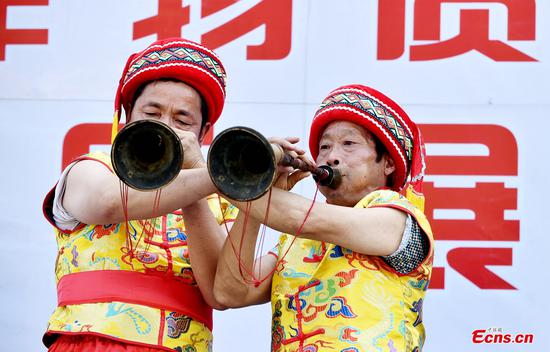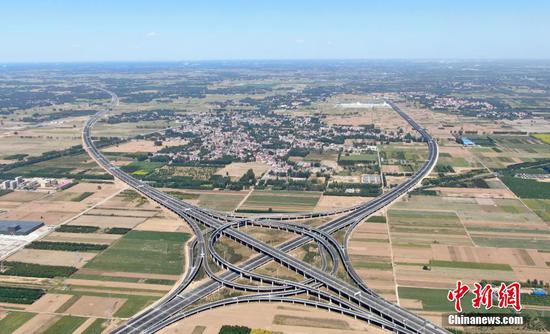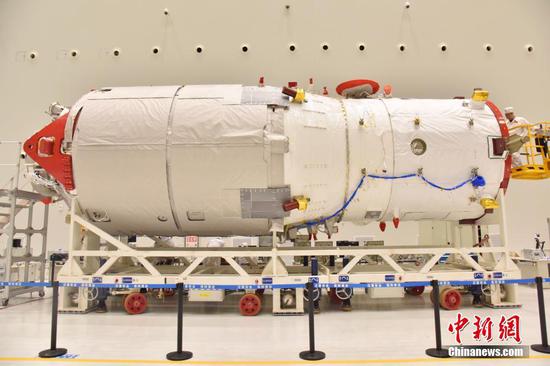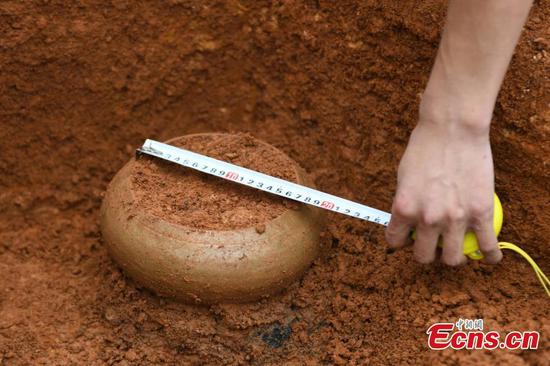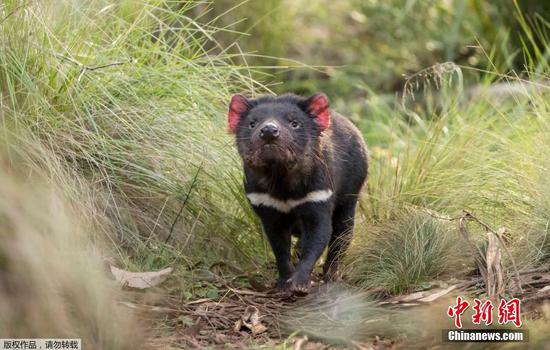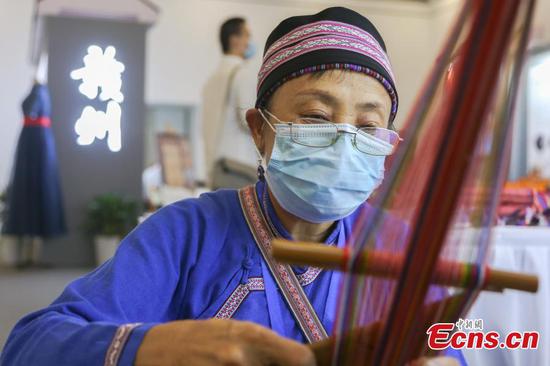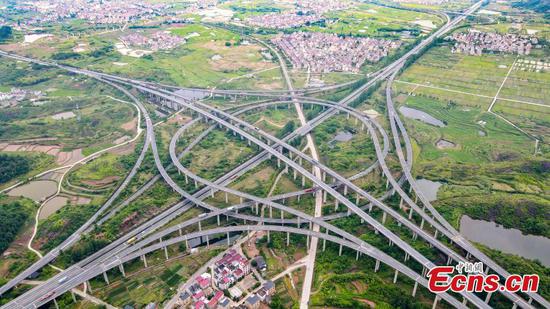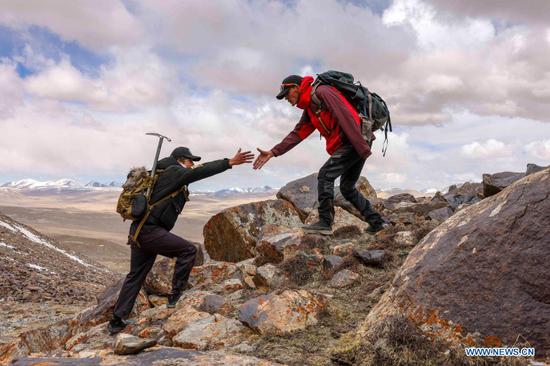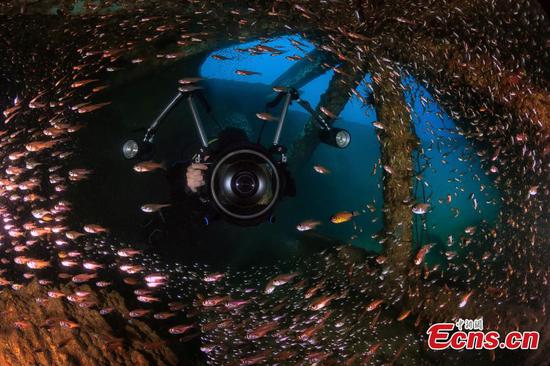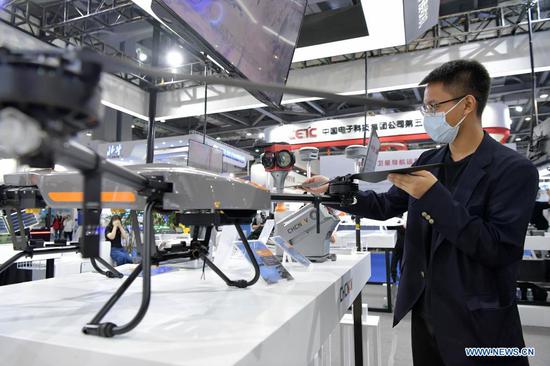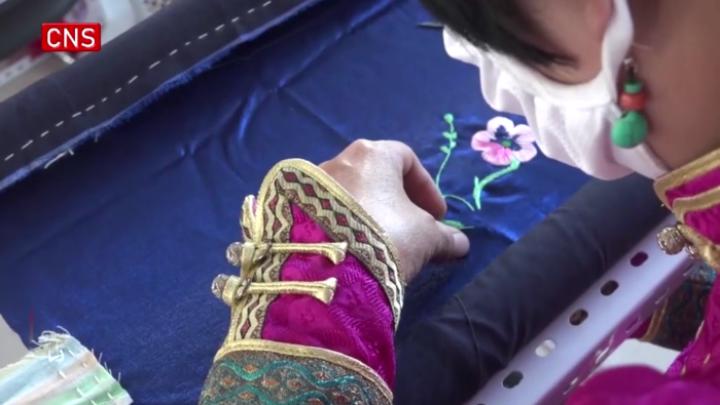Australia's AI researchers have planned to use "facial recognition" technology at koala crossing locations in the state of Queensland to help protect the declining population.
The project, unveiled by Griffith University on Wednesday, was set up to monitor the koalas' road crossing behaviors, to provide a greater understanding of koalas' use of crossing structures.
Lead researcher, Associate Professor Jun Zhou from Griffith University School of Information and Communication Technology said cameras have been set up to monitor the koala crossings previously, but each of the captured video had to be manually checked to see whether the animals filmed were koalas or other species.
The new project will integrate cameras with a motion sensor, a wireless/mobile network module, and a solar panel. The animal movement will trigger image capture and images will be transferred to a server at Griffith University. Computer vision and machine learning systems will be used to process images, allowing for automatic detection and recognition of individual koalas.
A total of 20 cameras will be installed at koala crossing locations in the Redland City Council by the end of July.
Researchers thought this would help local governments, councils and transport departments have a deeper understanding and a better prediction of koala road crossing behavior so that they could design and optimize the location of fauna mitigation measures for the declining population on roads.
From 1997-2018, an average of 356 koalas each year entered care facilities due to vehicle collisions. Mitigating koala fatalities and injuries caused by vehicles was one of the most important tasks for koala conservation.
This two-year study was also funded by a Community Sustainable Action Grant awarded to the team by the Queensland Government's Department of Environment and Science.













